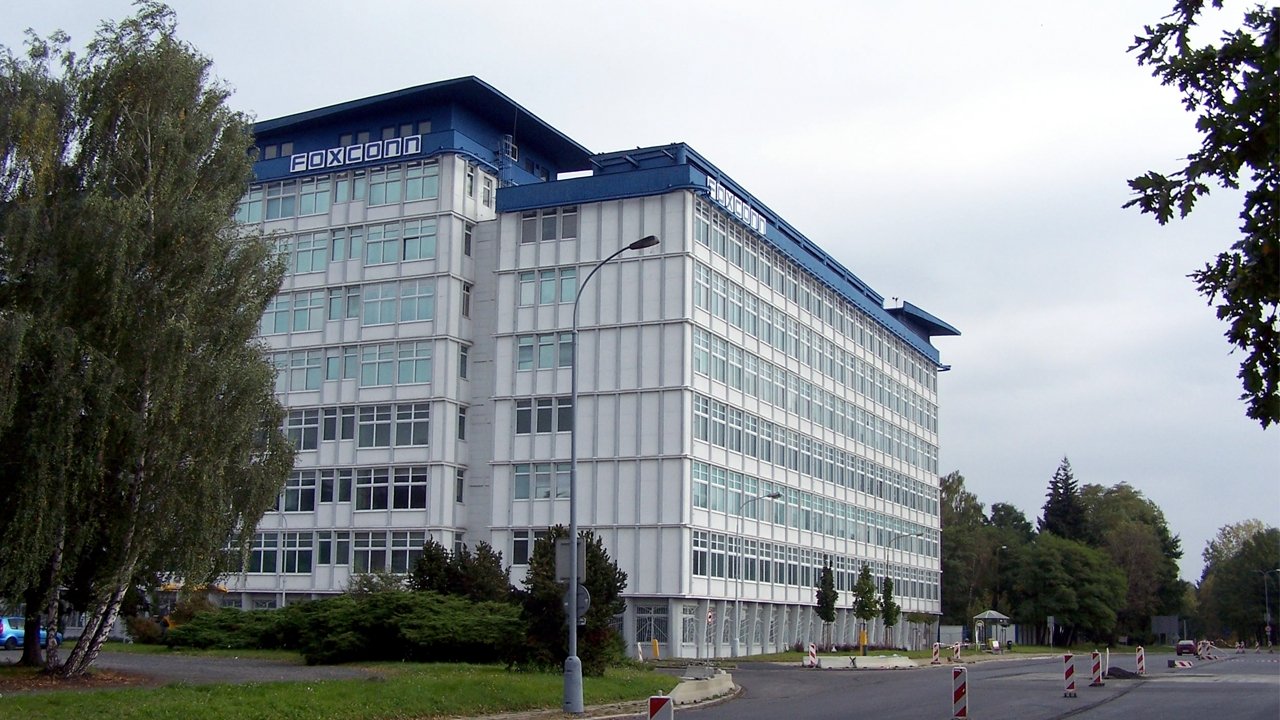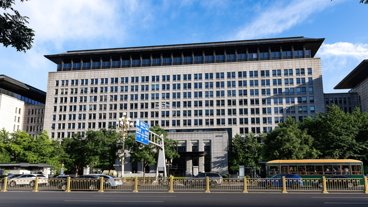Apple contracting partner Foxconn saw a 4% decline in 2020's fourth quarter year-over-year, citing the widespread issues caused by the coronavirus pandemic as the primary reason.
The global pandemic continues to eat into Foxconn's profit in 2020's fourth quarter, with the company seeing a net profit of T$45.97 billion — $1.61 billion — down from 2019's estimated profit of T$50.89 billion.
Despite the loss in profits year-over-year, Foxconn saw a 15% increase in earnings on the year, thanks to strong smartphone sales. According to Foxconn, consumer electronics account for 63% of its business in the October-December quarter.
The company had expected the fourth-quarter revenue to be within a 3% decline or 3% gain from a year earlier, as Reuters points out.
Foxconn's Chairman Liu Young-way anticipates that 2020's first-quarter revenue to be stronger than that of 2019 due to the increased need for smartphones and other items as people continue to work from home.
More than a year later, the coronavirus is still impacting the supply chain. Liu states that shortages could hit roughly 10% of client orders but claims that the impact is limited.
Industry sources have determined that a chip shortage would be the likely culprit. The chip shortage initially hit the automotive industry but is spreading across all electronics, including smartphones, and is expected to impact production next year.
In October of last year, it was reported that Foxconn's gross profits continued to be in the single digits, while Apple boasted profits of nearly 40%.
In January, the company stated that they reported earning $194.4 billion in 2020, with the fourth quarter accounting for 37% of the annual total.
Despite less-than-stellar profits, Foxconn continues to push forward with expansion. The company is set to build a new factory to produce tablets and computers in Vietnam, which could be part of Apple's plan to widen its iPad and MacBook production lines outside of China. It is currently believed that the factory will be completed in 2021.
 Amber Neely
Amber Neely








 Christine McKee
Christine McKee
 Malcolm Owen
Malcolm Owen

 Charles Martin
Charles Martin


 Mike Wuerthele
Mike Wuerthele


-m.jpg)






1 Comment
You know, all this doom and gloom reporting gets tiresome. And it’s not just AI, it’s everywhere. Take the Suez Canal blockage for example. The handwringing and doomsday scenarios were rampant. It could take months to free the ship ‘they’ said. Commerce would screech to a halt the ‘experts said. We were doomed. The new CDC chief was on TV yesterday crying and predicting doom if the country doesn’t do what she tells us.
This reminds me of the first Gulf war. In the weeks leading up to the beginning of the war. Carls Sagan, the celebrity scientist of that time, was on every talk show proclaiming the end of the world if we invaded Kuwait and Saddam set the oil wells on fire. It would be a ‘nuclear winter’ he said. The fires would take years to put out and the smoke would rise into the atmosphere and blot out the sun, he said. Well, the war started and Saddam did indeed set the oil wells on fire. Enter Red Adair, the legendary oil well fire fighter. The fires were put out in a couple of weeks and there was no nuclear winter.
So if you winder sometimes why people are skeptical of what ‘science’ says just look at how often the apocalypse is predicted yet doesn’t happen.